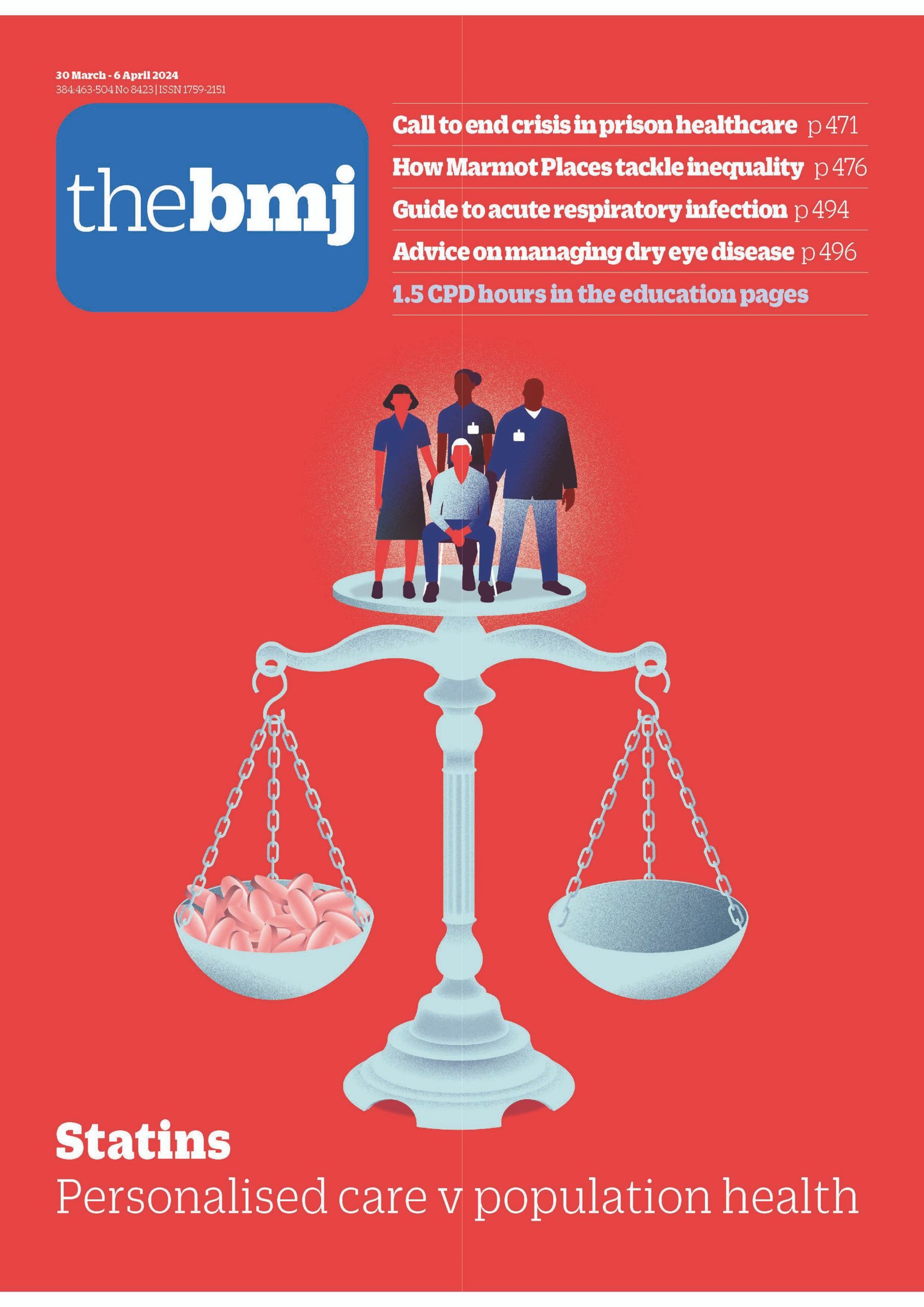- Anthony Mbewu, consultant physician and cardiologist1,
- David R Williams, professor of public health and African and African American studies2,
- Relebohile Moletsane, J L Dube chair in rural education3,
- Priscilla Reddy, honorary professor4
1Department of Internal Medicine, Sefako Makgatho Health Sciences University, Ga-Rankuwa, South Africa
2Harvard University, Cambridge, Massachusetts, USA
3School of Education, University of KwaZulu-Natal, Durban, KwaZulu-Natal, South Africa
4School of Education, University of KwaZulu-Natal, Durban, KwaZulu-Natal, South Africa
In 1994, when 350 years of colonialism and apartheid in South Africa came to an end and more than 300 racist laws were repealed, many people expected to see a significant decline in racial inequalities in the country’s health.
Thirty years later, however, striking inequities in health persist between racial groups,1 even after accounting for socioeconomic indicators. For example, in 1998 the infant mortality rate in the Black population was six times as high as in the White population and remained three to four times as high when adjusting for income, education, and living conditions.2 This barely improved over the next 13 years: census data from 2011 show that, when compared with White people, infant mortality was 4.6 times as high in Black people, 2.4 times as high in people of mixed ethnicity, and 20% higher in people of Indian heritage.3
Why do these health inequities persist in South Africa and around the world? A growing body of research shows that racial and ethnic discrimination are damaging to physical and mental health.4 A national study in South Africa found that Black, mixed ethnicity, and Indian people were four times as likely as White people to report acute and chronic experiences of racial discrimination,5 which was associated with heightened psychological distress. This association persisted even after adjustment for socioeconomic status, multiple stressors, and psychological resources—suggesting intrinsic harm to mental health from racism.

In South Africa, “Bantu education” (by which Black people were educated simply to provide cheap labour) was officially abolished after 1994, resulting in a reduction in the 13-fold inequality in government spending on education between Black and White children. By 2021, however, the racial inequality in education spending remained eightfold. This was partly because of many White pupils attending schools in wealthy areas that remained predominantly White because of the persistent effects of the Group Areas Act of 1950,6 an act that had enforced racial segregation in urban areas and was repealed in 1990.
Incomes
Nowadays this enduring legacy of apartheid in South African society is dubbed “geographical apartheid.” Similar patterns are evident in the US, where civil rights initiatives provide only a partial solution for the racial gap in academic outcomes. This is important because educational status remains a powerful predictor of health status in South Africa, as in most countries worldwide.
Apartheid and colonialism also produced enormous inequity in household incomes,7 as Black people are largely consigned to low paying jobs in mining and agriculture. To tackle these inequities, Broad-Based Black Economic Empowerment (BBBEE) laws were introduced in 2003 to “correct historical imbalances” in socioeconomic status. Although they were effective in changing racial socioeconomic demographics in public sector employment, they were less successful in the private sector. Partly because of these BBBEE laws, a substantial Black middle class emerged,8 and racial inequalities in education and household income began to narrow. But while more Black children and adults had access to education and employment opportunities, many remained on the margins of the educational system and the economy, particularly in rural and township areas.
Thus, decades after the end of apartheid, glaring inequalities remain in household income, access to opportunities, and living and working conditions. In 1993, for example, the average per capita income among White people was 10 times that of Black people, and by 2017 this had dropped to six times.9 However, as Shifa and colleagues wrote in 2023, “when all Black people in the top 10 per cent of the income distribution were excluded from the analysis, the White-Black income ratio had risen significantly, from 10.5 in the early 1990s to 11.5 in 2019.”
They added, “This indicates that racial inequalities in income in South Africa have decreased, but that this decrease is primarily due to the emergence of a new African elite”9—presumably from expanded tertiary education for Black people and BBBEE laws providing them with access to better paid jobs.
Enduring structural inequity
The idea of apartheid in South Africa originally derived from residential racial segregation in the US as a structural mechanism for reinforcing racism.10 Research in the US has found that where a person lives determines their access to high quality education, income, housing, amenities, and employment opportunities, while exposing them to social, environmental, and physical stressors.11 Differences in social mobility are thus linked to amenities and opportunity at the neighbourhood level, where racial differences in multiple indicators of income, education, and employment are a direct result of discriminatory social policies.11
Segregation likely plays a similar role in South Africa. This was seen in a recent study showing the persistence of “green apartheid,” whereby majority White neighbourhoods were more likely to have parks, tree cover, and both public and private green space than areas where White people were in the minority.12
In South Africa today poverty, race, employment status, educational status, and hunger remain significant determinants of health inequity.91314 However, the country’s persistent racial inequities in health, mental health, and socioeconomic status are likely also driven by enduring structural racism, evident in the higher levels of psychological stress and racial discrimination experienced by Black and ethnic minority South Africans. In addition to “geographical apartheid,” a legacy of the Group Areas Act also contributes to these racial inequities, as do the legacies of other apartheid era policies that created and sustain large racial differences in access to social and economic opportunities and resources.514
Correcting geographical apartheid and reducing inequalities in household income, education, and employment are vital to eliminating racial inequities in health.1115 In addition, recognising and tackling the systemic racism that permeates South African society and shapes access to opportunities and resources is essential in reducing persistent racial inequities in health in South Africa.
References
- ↵
- ↵
- ↵
- ↵
- ↵
- ↵
- ↵
Leibbrandt M, Woolard I, Finn A, Argent J. Trends in South African income distribution and poverty since the fall of apartheid. OECD Social, Employment and Migration Working Papers (no 101). OECD Publishing, 2010. doi:10.1787/1815199X
- ↵
- ↵
Shifa M, Mabhena R, Ranchhod V, Leibbrandt M. An assessment of inequality estimates for the case of South Africa. WIDER Working Paper 2023/90. UNU-WIDER, 2023. doi:10.35188/UNU-WIDER/2023/398-7
- ↵
Cell JW. The highest stage of white supremacy. Cambridge University Press, 1982, ISBN 13 doi:10.1017/CBO9780511471049.
- ↵
- ↵
- ↵
- ↵
- ↵










